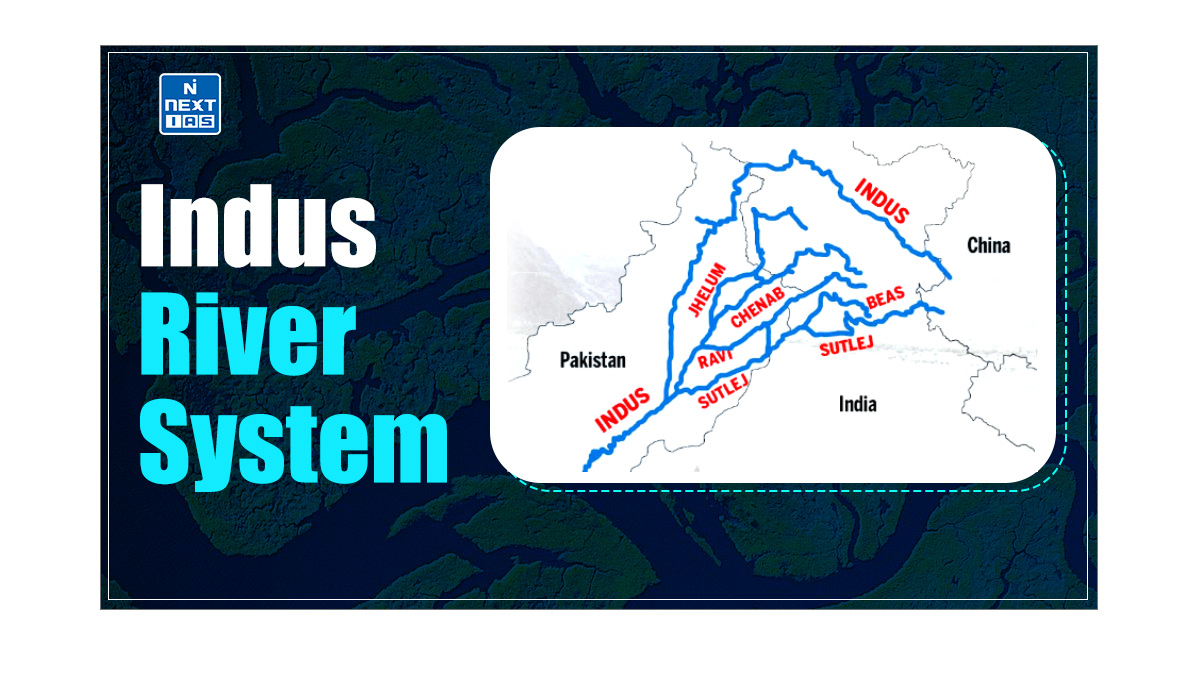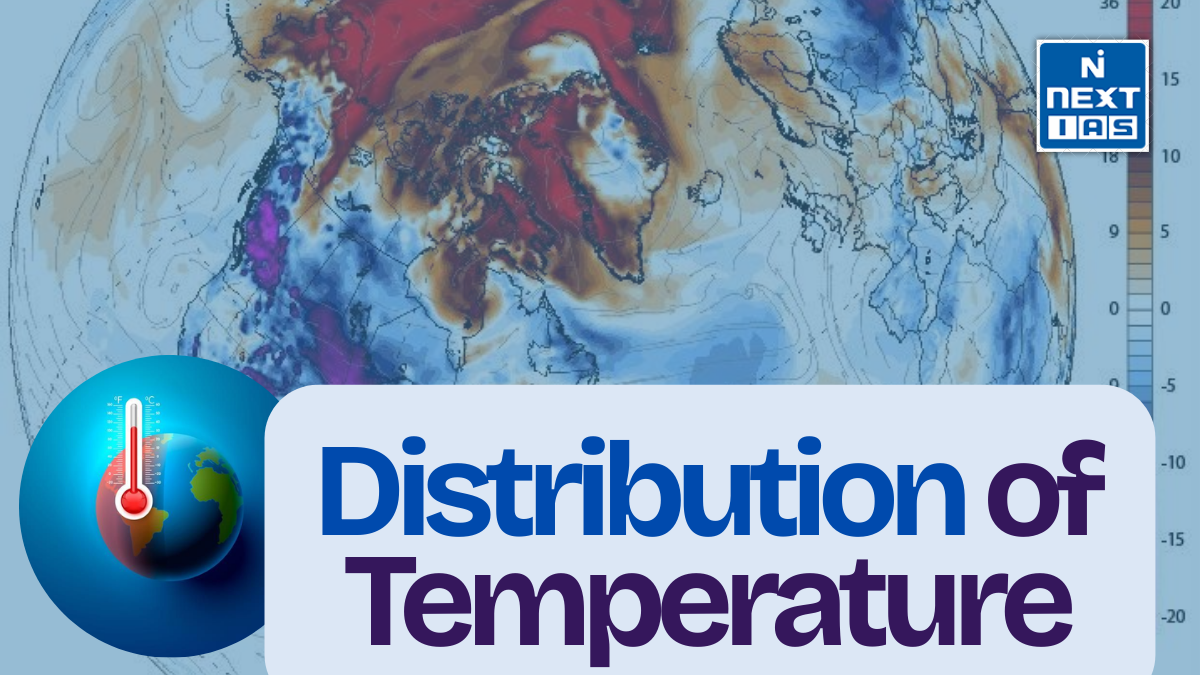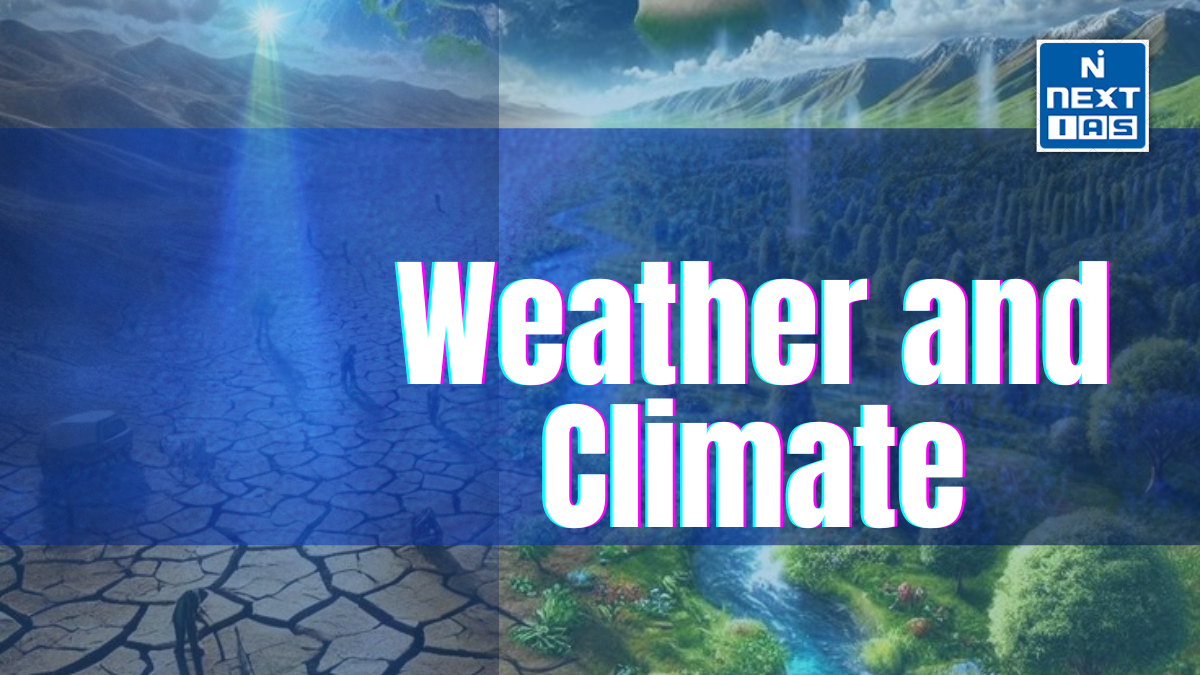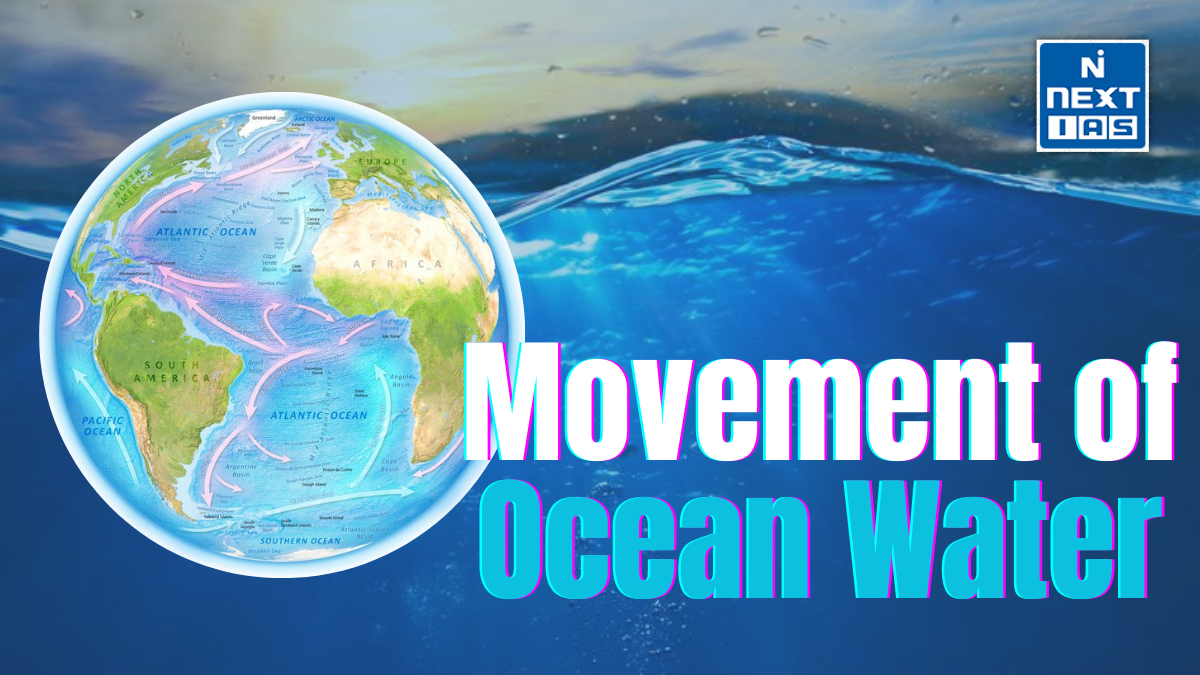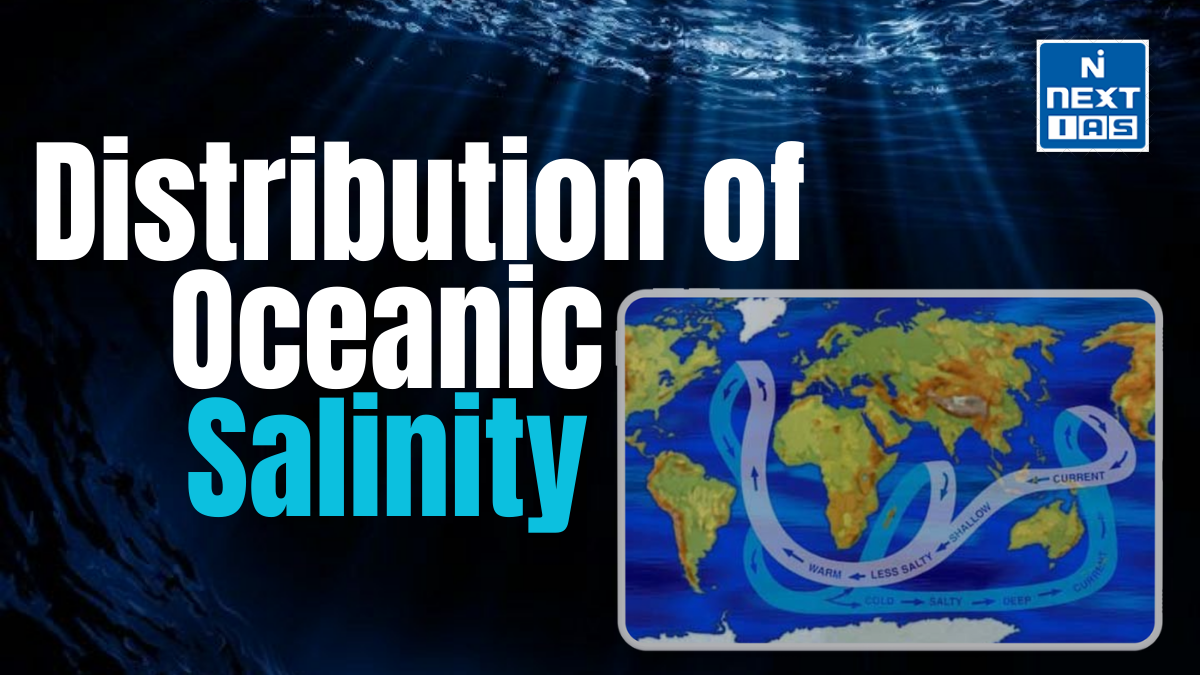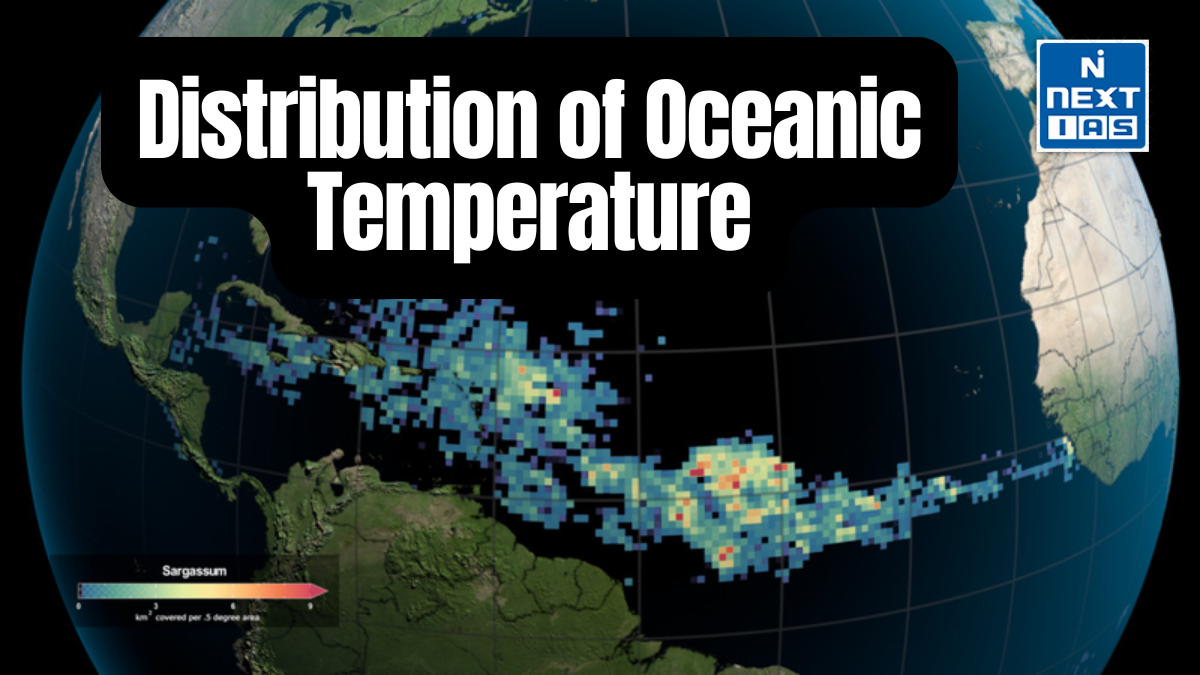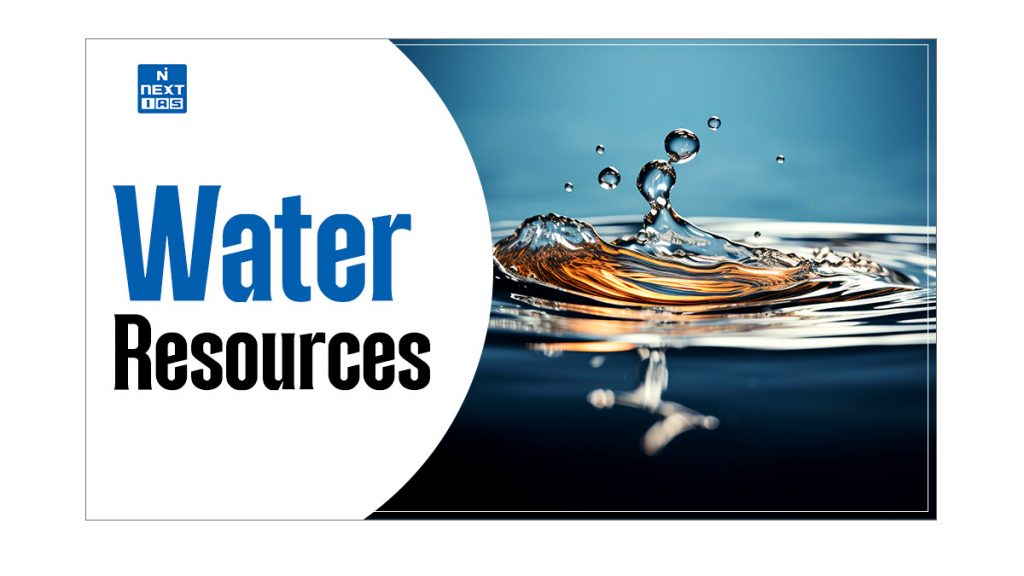
Water is an indispensable resource essential for the survival of all life forms on Earth. Its importance spans agricultural, industrial, household, recreational, and environmental activities, making it critical for daily human needs and ecosystem sustainability. This article delves into the diverse aspects of water resources in India, exploring its availability, distribution, challenges, and management.
About Water Resources in India
- Water is the world’s most precious resource because humans, animals, and plants depend on it.
- It is essential because it is needed for life to exist. Water uses include agricultural, industrial, household, recreational, and environmental activities.
- So, all human beings require water for their daily needs. Natural freshwater sources include surface water, river flow, groundwater, and frozen water.
- Artificial freshwater sources can include treated (reclaimed water) and desalinated seawater.
Water Resources in India
- Water resources in India encompass various aspects, including precipitation, surface and groundwater storage, and hydropower potential.
- India receives an average precipitation of 1,170 millimetres (46 in) per year, translating to about 4,000 cubic kilometres (960 cu mi) of rain annually or approximately 1,720 cubic meters (61,000 cu ft) of fresh water per person each year.
- India holds 18% of the world’s population but only 4% of the world’s water resources.
- One proposed solution to address the country’s water challenges is the creation of the Indian Rivers Interlink.
- Approximately 80% of India’s area receives rainfall of 750 millimetres (30 in) or more annually.
- However, this rainfall is not uniformly distributed and exhibits significant spatial and temporal variation.
- Most rainfall occurs during the monsoon season (June to September), with the northeast and north receiving considerably more rain than the west and south.
- Additionally, the melting of snow in the Himalayas during the winter period contributes to northern rivers’ flow, while southern rivers experience greater flow variability throughout the year.
- In the Himalayan basin, there is a seasonal pattern of flooding and water scarcity.
Surface Water Resources in India
- Four major surface water resources are rivers, lakes, ponds, and tanks. The country has about 10,360 rivers and their tributaries longer than 1.6 km each.
- The mean annual flow in all the river basins in India is estimated to be 1,869 cubic km.
- However, due to topographical, hydrological, and other constraints, only about 690 cubic km (32 per cent) of the available surface water can be used.
- Water flow in a river depends on the size of its catchment area or river basin and rainfall within its catchment area.
- Despite extensive river systems, safe and clean drinking water and irrigation water supplies for sustainable agriculture are in short supply across India.
Ground Water Resources in India
- Groundwater plays a crucial role in meeting the water needs of various user sectors in India.
- The Annual Replenishable Ground Water Resource for the entire country is 433 billion cubic meters (bcm).
- This resource is contributed by rainfall (67%) and other sources, including canal seepage, return flow from irrigation, seepage from water bodies, and artificial recharge due to water conservation structures (33%).
- According to the Central Ground Water Board’s 2018 report, Uttar Pradesh has the highest net annual groundwater availability (~72 cm), while Delhi has the least (0.29 cm).
- The country’s population influences water availability per person, and in India, per capita water availability is decreasing due to population growth. The average annual per capita water availability was 1816 cubic meters in 2001, 1545 cubic meters in 2011, and is projected to further reduce to 1486 cubic meters and 1367 cubic meters in 2021 and 2031, respectively.
Water Scarcity in India
- Water scarcity in India is a pressing issue driven by population growth, rapid urbanisation, and inefficient water management.
- With over a billion people relying on limited freshwater resources, many regions experience severe water stress, particularly during the dry season.
- The depletion of groundwater, pollution of rivers, and erratic monsoon patterns further exacerbate the crisis.
- This scarcity affects agriculture, which is heavily dependent on monsoon rains, and threatens drinking water supplies in both rural and urban areas.
- Urgent measures are needed to promote water conservation, improve infrastructure, and manage resources sustainably to address this growing challenge.
Emerging Water Problems in India
Several water problems have been faced, which are mentioned as follows:
Water Pollution in India
- Water pollution refers to altering water’s physical, chemical, and biological characteristics that can harm human and aquatic life.
- The increasing population and industrial expansion have significantly degraded water quality, rendering surface water from rivers, canals, and lakes impure.
- As pollutants, such as industrial wastes, chemical residues, and agricultural chemicals (like fertilisers and pesticides), accumulate, the water becomes unfit.
- Although natural sources like erosion and decay contribute to pollution, human activities—especially from industry—are the primary concern.
- Cultural activities like pilgrimages and tourism also add to the problem. In India, nearly all surface water sources are contaminated and unsafe for human consumption.
Causes of Water Pollution in India
- Industrial waste.
- Improper practices in the agricultural sector.
- Reduction in water quantity in rivers in plains.
- Social and religious practices like dumping dead bodies in water, bathing, and throwing waste in the water.
- Oil leaks from ships.
- Acid rain.
- Global warming.
- Eutrophication.
- Inadequate industrial treatment of wastes.
- Denitrification.
Water pollution is a source of various water-borne diseases. The diseases commonly caused by contaminated water are diarrhoea, intestinal worms, and hepatitis. The World Health Organization shows that about one-fourth of the communicable diseases in India are water-borne.
Groundwater Depletion in India
- It is the result of excessive extraction of water from the ground. The impacts of groundwater depletion are:
- Drying up of wells.
- Lowering of the water table.
- Reduction of water in streams and lakes.
- Deterioration of water quality.
- Increased pumping cost.
- Land subsidence.
Water Stress in India
- It is a situation when the water demand is greater than the amount of water available at a certain point in time.
- It means deterioration in both the quantity and quality of available water due to factors affecting available water.
Water Management in India
Water is an essential natural resource and the basis of our life. We use water for drinking, irrigation, industry, transport and hydro-electricity production. Water is a cyclic resource that can be used again and again after cleaning. Some of the water conservation methods are as under:
Watershed Management in India
- Watershed management involves the efficient management and conservation of surface and groundwater resources.
- It focuses on preventing runoff and storing and recharging groundwater through percolation tanks and recharge wells.
- More broadly, watershed management includes the conservation, regeneration, and judicious use of all resources—natural (like land, water, plants, and animals) and humans within a watershed. Its goal is to balance natural resources with societal needs.
- The success of watershed development relies heavily on community participation.
- The central and state governments have launched various watershed development and management programmes, some of which are also executed by nongovernmental organisations.
Rainwater Harvesting
- Rainwater Harvesting is a process involving the collection and storage of rainwater (with the help of an artificially designed system) that runs off natural or man-made catchment areas, e.g. rooftops, compounds, rock surfaces, or hill slopes or artificially repaired impervious/semi-pervious land surfaces.
Read our detailed article on Rainwater Harvesting.
Prominent examples of Water Conservation in India
- Haryali is a watershed development project sponsored by the Central Government. Its aim is to enable the rural population to conserve water for drinking, irrigation, fisheries, and afforestation. Gram Panchayats are executing the project with people’s participation.
- Neeru-Meeru (Water and You) is a programme in Andhra Pradesh in which the state government brought all water conservation activities into campaign mode to ensure convergence of the efforts of all water-concerned departments to promote water conservation on a Mission basis.
- Arvary Pani Sansad in Alwar, Rajasthan, has constructed various water-harvesting structures, such as percolation tanks, dug-out ponds (Johad), check dams, etc., with people’s participation.
- Tamil Nadu has made water harvesting structures in the houses compulsory. No building can be constructed without making structures for water harvesting.
- Neeranchal is a World Bank-assisted national watershed management project for improving and conserving water resources.
Conclusion
In conclusion, while India faces significant challenges in managing its water resources due to pollution, groundwater depletion, and water stress, various strategies such as watershed management and rainwater harvesting offer promising solutions. Addressing these issues requires a multifaceted approach, including community participation and innovative projects to ensure sustainable water use and conservation. By understanding and implementing effective water management practices, India can work towards securing its water future and supporting both its population and ecosystems.
Frequently Asked Questions (FAQs)
What are the water resources in India?
India’s water resources include rivers, lakes, groundwater aquifers, glaciers, and rainwater.
What are the water resources?
Water resources include rivers, lakes, groundwater, glaciers, and rainwater. These water resources provide essential water for drinking, agriculture, industry, and ecosystem support.
How to conserve water?
Water conservation can be achieved through various methods of water resources:
– Rainwater Harvesting
– Fixing Leaks
– Efficient Irrigation
– Water-Efficient Appliances
– Recycling Water
